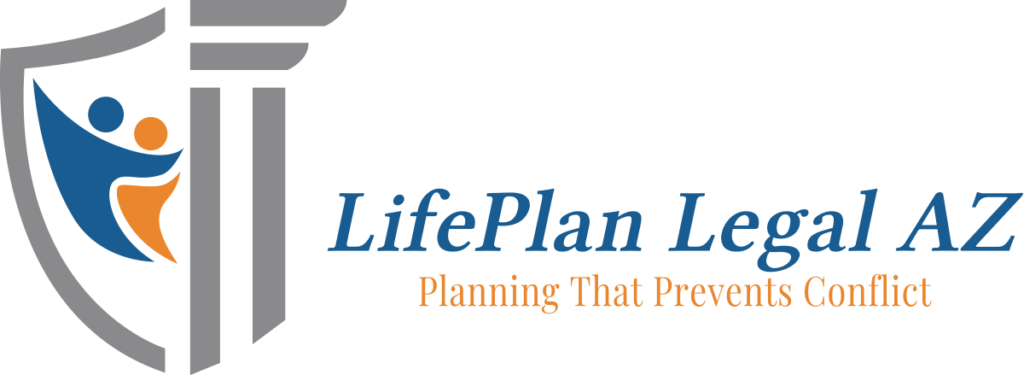No matter how BIG or small your net worth is, estate planning is a process that ensures your assets are handed down the way you want after you die.
Forbes’ recent article entitled “Estate Planning Basics” explains that everybody has an estate.
An estate is nothing more or less than the sum total of your assets and possessions of value. This includes:
- Your car
- Your home
- Financial accounts
- Investments; and
- Personal property.
Estate planning is the process of deciding which people or organizations are to get your possessions or assets after you’ve died.
It’s also how you leave directions for managing your care and assets if you are incapacitated and unable to make financial or medical decisions. That is done with powers of attorney, a healthcare directive and a living will.
Your estate plan details who gets your assets. It also designates who can make critical healthcare and financial decisions on your behalf should you become incapacitated. If you have minor children, your estate plan also lets you designate their legal guardians, in case you die before they reach 18. It also allows you to name adults to safeguard their financial interests.
Your estate plan directs assets to specific entities or people in a legally binding manner. If you want your daughter to have your coin collection or your favorite animal rescue organization to get $500, it’s all mapped out in your estate plan.
You can also create a trust to safeguard a minor child’s assets until they reach a certain age. You can also keep assets out of probate. That way, your beneficiaries can easily access things like your home or bank accounts.
All estate plans should include documents that cover three main areas: asset transfer, medical needs and financial decisions. Ask an experienced estate planning attorney to help you create your estate plan.
To learn more about estate planning in the East Valley, Gilbert, Mesa and Queen Creek, schedule your free consultation with Attorney Jake Carlson by using one of the links above.
Reference: Forbes (Nov. 16, 2022) “Estate Planning Basics”


